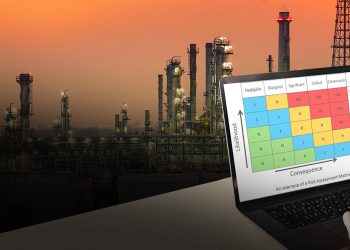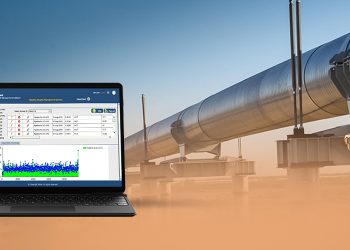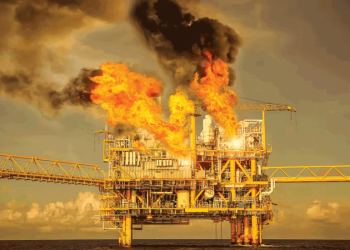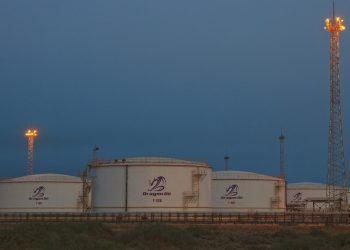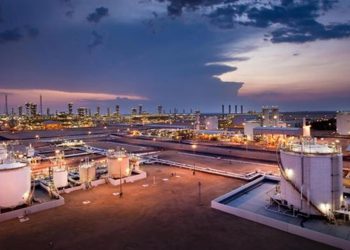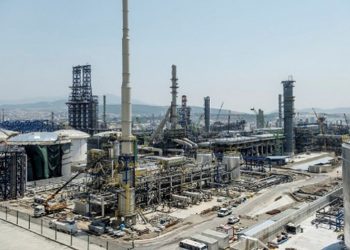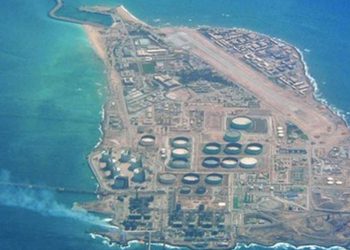Asset Life Extension Studies

The design life of any asset is derived to prevent failure during operation due to time-dependent degradation mechanisms such as corrosion and fatigue. However, the expiry of the design life does not automatically mean that the asset is not fit-for-purpose because corrosion rates determined during the design process could have been conservative and/or corrosion defects could have been repaired; the anticipated operational fatigue damage could have been overestimated. Extended operation beyond the asset design life can be desirable when process fluid remain, or where additional operational assets are tied. The aim of asset life extension studies is to demonstrate that by extending the life of the asset, the operator is not exposing society to unacceptable risk. The Asset Life Assessment is an overview process in which the construction, history and mode of operation of a large number of items of plant equipment are examined together with the ethos and practices of the organization(s) responsible for equipment management. The assessment would typically cover all functional areas. However, it can also be focused on specific areas if desired.
Velosi Integrity Services’ well-proven methodology starts with a careful assessment of asset condition, its operational history and the deterioration mechanisms. Combining these with historic performance assessments reveals the extent to which the asset is suitable for its intended duty and the expected life before unacceptable performance will occur. The equipment is then categorized, to clearly highlight those items of greatest concern. Costs for anticipated changes are then calculated so that the required investment to maintain integrity over a period of time can be determined, typically over 10, 15 or 20 years. Velosi’s life extension studies are in-line with applicable international codes, standards & best industrial practices. Ageing (in the context of process plants) is not about how old an asset/ plant is, rather it is the condition of the asset/ plant and how that condition is changing over time. Ageing is the effect whereby a component suffers some form of material deterioration/ damage (not directly related with time in service) with an increasing likelihood of failure over the lifetime. Overall, an ageing plant which is, or maybe no longer considered fully fit for purpose due to deterioration or obsolescence in its integrity or functional performance. Ageing is not directly referred to chronological age, there are many examples of early ageing (e.g. due to corrosion, fatigue or erosion failures). In the reporting of each item the study team identified actions to ensure sustainability of operation and maintenance strategies of key items, based on normal operation. These involve changes to equipment and improvements to asset care practices. However, in a number of cases, equipment problems have been caused by abnormal operational events. These issues have been highlighted, though the investigation of solutions is outside the scope of this study. In the course of the overall Study, asset care guidance is given to the Operating Company’s personnel. This is done in a number of ways to suit the particular circumstances, ranging from formal training and on-the-job training through to documents for guidance, and advice given informally throughout the course of the study.





